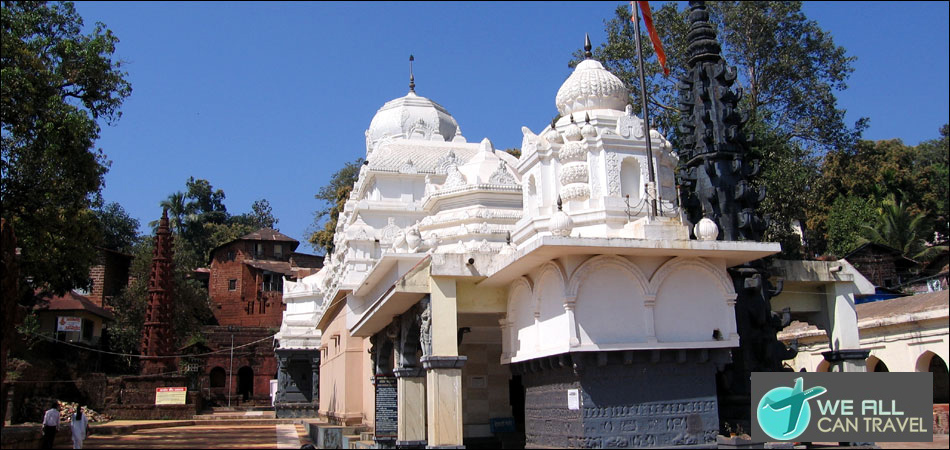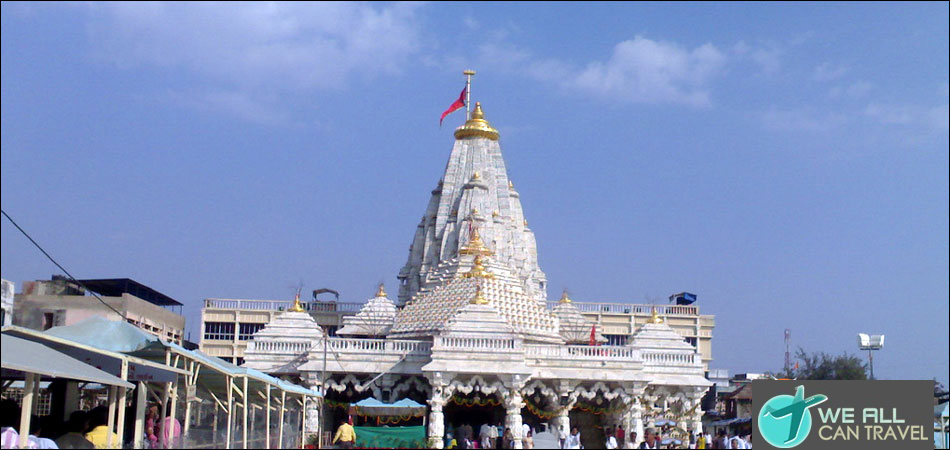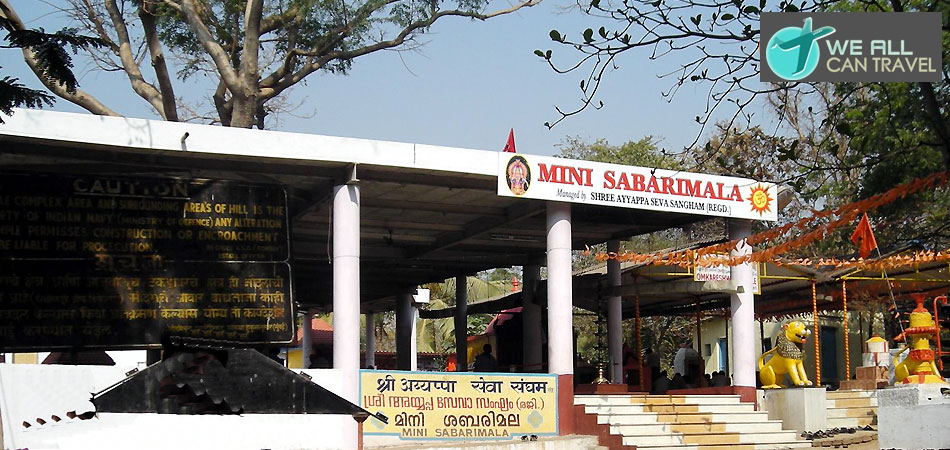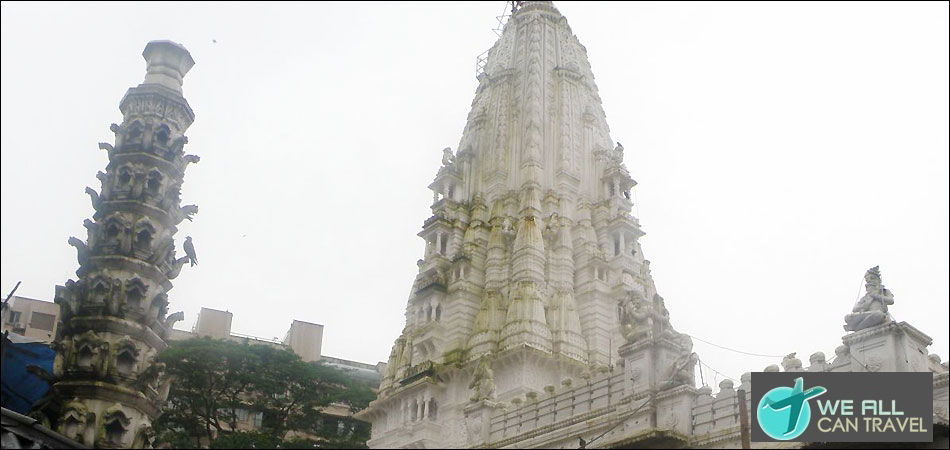- +1 416-553-8499
- Live chat
-
Parashurama Temple
- Home
- /
- Temples
- /
- Maharashra
- /
- Parashurama Temple

Parashurama temple is a very simple affair architecturally. The plan is formed by, a sabhamandap, the easternmost part of the scheme, a central mandap, and a garbhagriha. The latter and the central mandap belong to the Yadav order and it is quite likely that it is an early medieval construction although the roofs etc. are parts of a renovation scheme. The roofs are plain cones and are the least artistic creations. The garbhagriha is quite dark, and houses three idols together. The central one is that of Parashurama, and to his right is that of Kala and to his left is Kama. All are four-armed images and carry their weapons with them. The central image is important iconographically, the lower right hand is in the labhaya' mudra, the upper right carries an arrow, the upper left a bow, and the lower left a parashu or battle-axe. Neither iconographically nor from the viewpoint of legends have the images of Kala and Kama any relation whatever with that of Parashurama. One does not know how or why they were brought here in association with Parashurama. These images were installed in 1779 A.D. by one Parachure from Guhagar near Cbiplun. Before the images were installed a rock was worshipped on the same spot as a Iswayambhu' image of the god. Coming out of the temple one finds in the same courtyard a small Hanuman temple in front of the main shrine. To the north is a small Ganesh shrine that houses a Ganesh image with the trunk turned towards the right and a female image locally known as that of Ganga. Behind the Parashurama temple there is a small structure devoted to Renuka his mother. Nearby is a kund known as Banaganga, supposedly created by Parashurama with his arrow-Bana. This is all that the enclosure contains. When the temple was first established here no one knows. A very popular tale can, however, be recounted This spot was a jungle used for grazing cattle. One day it so happened that a cow stood over a particular spot and let her milk flow down on it. This was repeated day after day. This greatly puzzled the cowherds. Then a person saw a dream in which Parashurama appeared and informed him that he was staying in a Igupt' or secret non-visible from at the spot. The spot was then onwards worshipped by some devotees. It is known that there was no image on the particular place till the Parachure mentioned above placed it there. The credit of having erected a temple to this deity goes according to legend to a Moslem princess. It is stated that around- 1400 A. D. some princess of the Adil Shahi dynasty has dispatched a flotilla of merchant ships loaded with a valuable cargo. News reached her that powerful gales had set in on the high seas. She was naturally greatly worried. She had heard the story of how Parushurama had cowed down the sea and decided to appeal to him to come to the rescue of her ships. The cargo came out unhurt from the storms and the princess out of gratitude erected the temple. Now, the story, as it goes, is quite good, but unfortunately at variance with history. The Adil Shahi dynasty did not come into existence before 1490 A.D. May be, the incident took place with regard to some Moslem merchant, whose wife, quite probably being a convert, had recourse to a navas to Parashurama and later on the name of the Adil Shahis was brought into it. Some Marathi chroniclers mention that Shivaji had visited the temple before 1674-when he was crowned as a monarch. One Govind Anant Joshi acted as an upadhyaya on this occasion and Shivaji made a grant towards the regular expenses of the temple. The later history of the temple was as turbulent as the life of the god himself. And the cause of the struggle was not quite dissimilar. Formerly it was the kshatriyas who had created the trouble, now it was the Yavans. Then it was Bhargdvrama who had come to the rescue of the oppressed, now it was a person of an equally strong determination that came to the rescue of Parashurama. His name was B
 >> Ambaji Temple
>> Ambaji Temple >> Ayyappa Seva Samgham
>> Ayyappa Seva Samgham >> Mini Sabarimala Ayyappa Temple
>> Mini Sabarimala Ayyappa Temple >> Babulnath Temple
>> Babulnath Temple >> Ballaleshwar Ashtavinayak Temple
>> Ballaleshwar Ashtavinayak Temple